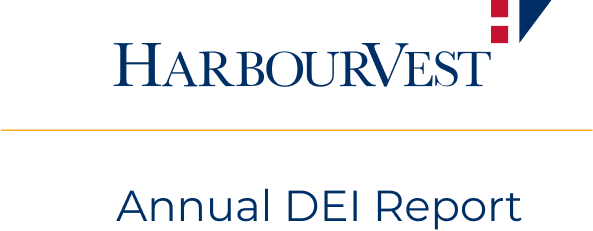
A review of our diversity, equity, and inclusion efforts
Ensuring equity

We provide tools and training to support continuous learning and constant improvement. Our ever-growing suite of resources drives individual and team excellence and ensures our processes and procedures are fair and equitable.
DEI resources for all
Our programs have been developed to offer something for everyone with the goal of meeting them where they are on their DEI learning journey. We provide resources that can be accessed however and whenever colleagues prefer, and formats to support individual learning, small group sessions, and large group forums.

HarbourVest University (HVU) was launched in 2023 as our core learning strategy to support employee development. HVU offerings include an on-demand DEI curriculum of 40+ learning segments from 2 minutes to 2 hours in length available anytime, anywhere. Colleagues across the firm are encouraged to own their individual learning experience in HVU by creating a custom curriculum to support their unique processes and needs.
- Cross-Cultural Communication
- How Do I Become an Ally?
- Inclusion at Work: Managing
- Unconscious Bias at the Office
- Inclusive Language
- The Case for DEI
- The Connection Between Growth
- Mindset and Inclusion
- Thoughtful DEI Discussions
- Understanding Privilege

Inclusive Culture Module
All new hires are automatically assigned a 30-minute session on inclusive culture to ensure everyone, no matter seniority, is equipped with the tools to pursue and honor the values of a diverse, equitable, and inclusive workplace.
Workplace Harassment Prevention
Designated by state-specific laws and managerial status, all new hires are assigned training that heightens awareness of sexual harassment, bullying, discrimination, and other unfriendly conduct. This training includes in-depth exploration of our Global Respectful Workplace Policy and how to practically implement its standards of behavior.

A focus on leadership
Emblematic of its importance to the firm, managers and leaders are provided DEI training resources.
Inclusive Leadership Training
Instruction conducted by Paradigm, an external consultant, to better incorporate inclusive thinking into team management and deepen understanding of the benefits of DEI for both individuals and the organization.
100% of HarbourVest’s Managing Directors have completed Inclusive Leadership Training.
HarbourVest Navigator Program
Executive coaching program focused on leadership development for select senior leaders.
Leadership Principles Program
Two-day program run by external partner Korn Ferry that includes 360-assessment for leaders.
Talent Selection Training
A course on real-life hiring scenarios, best practices for interviewing, and HarbourVest specific hiring resources.

